Table of Contents
Electric Bike Battery
If you are going to own an electric bike it is vital to know about the very important components of the electric bike which are the electric bike battery and motor.
As electric bikes evolve, in the same pattern the electric bike battery also evolved.
Due to it different types of batteries are available depending on the electric bike range and battery position within the electric bike.
To understand the electric battery range, we have to go in deep to understand its basic components of it and how these components influence its range.
The electric bike battery is generally a Li-ion battery that has the four components
- Cathode
- Anode
- Separator
- Electrolyte
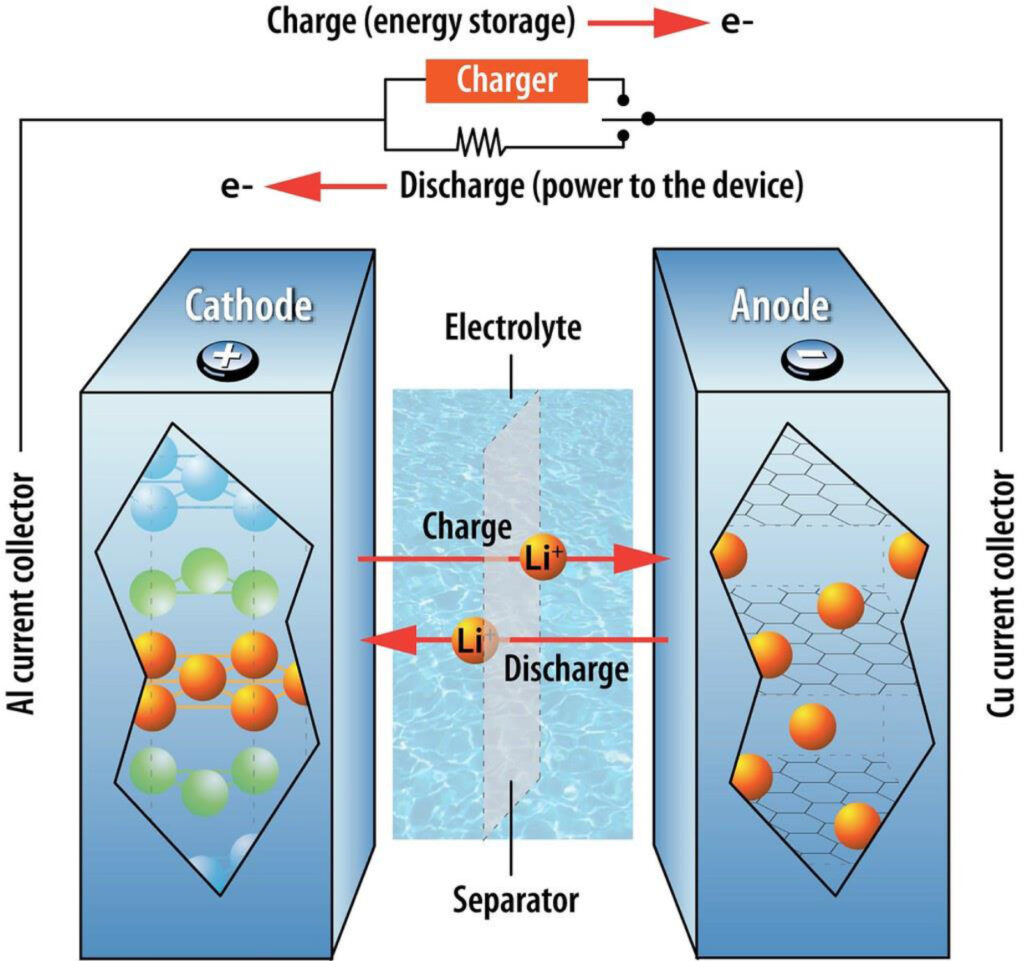
Cathode
The cathode component has the cathode active material (CAM) which is made of Nickel, Cobalt, Magnesium, and Aluminum (NCMA).
The more quantity of nickel in CAM increases the range of the electric bike.
The cost of a battery mostly depends on the variation in the cathode active material and this material is responsible to make electric batteries more costly.
For low-cost batteries, R&D trials are going on in which Magnesium & Aluminum can play a very important role to reduce the cost of electric bike batteries to a large extent due to their easy availability than cobalt.
The second component which affects the range of an electric bike battery is the anode.
Anode
The anode is made of graphite powder material and discharges the lithium ions towards the cathode through electrolyte when we use the battery.
The lithium-ion travel from the cathode to the anode while charging the electric bike battery.
Silicon is the alternative to graphite powder which can reduce the cost of electric bike batteries.
Separator
The third component is the separator which keeps the cathode and anode apart while allowing the lithium-ion to pass through.
This highly affects the safety of the battery, so the ceramics-based separators are seen as the next alternative.
Electrolyte
The fourth component is an electrolyte which is also highly responsible for the safety of electric bike batteries.
The basic job of electrolytes is to enable the smooth movement of lithium ions through them.
The non-aqueous type electrolytes have better safety-factor and cost-effectiveness than the aqueous type which is currently used in lithium-ion batteries.
For making low-cost electric bike batteries, the Aluminum-ions battery is seen as the alternative to the lithium-ion battery because aluminum produces three ions as compared to lithium’s single ion.
So due to this the battery energy density will increase to a large extent in the same size of the battery. Moreover, the cost of the battery will also reduce as aluminum is readily available.
Till now, we are able to understand the factors influencing electric bike range and how the cost of electric batteries will reduce in coming years as trials will be successful on it.
Safety of electric bike battery
Now the next very important aspect of the electric bike is the fire safety of the installed battery.
You normally listen about fire due to battery overcharge or batteries heated up too frequently.
So, when you are going to select the best electric bike then it’s a very important factor to know whether batteries complied with some legal standards or not.
It’s also important because in the states in which insurance is required for electric bikes, there this factor will play a more important role to claim insurance if any unfortunate incident happens due to it.
There is a standard for an electrical safety system for electric bike batteries which is called UL-2849.
UL solutions are recognized by OSHA as a National Recognized Testing Laboratory (NRTL) to certify the micro-mobility products to UL-2849, the standard for electrical systems for electric bikes.
Compliance with such types of standards will conclude whether these e-bikes are the best or not.
Don’t just go after features of e-bikes claimed by brands without considering the compliance of such important electric safety standards.
You can also see the other standards which fall under EN-15194, EN-50604-1, EN62133-2, etc.
The battery is the costly part of e-bikes, if it failed due to any reason before its due date then it would not be good as it would suck out additional dollars from your pockets.
So, when you are going to select the best electric bike, it must be your paramount priority to confirm it for standards compliance.
Charging Cycle
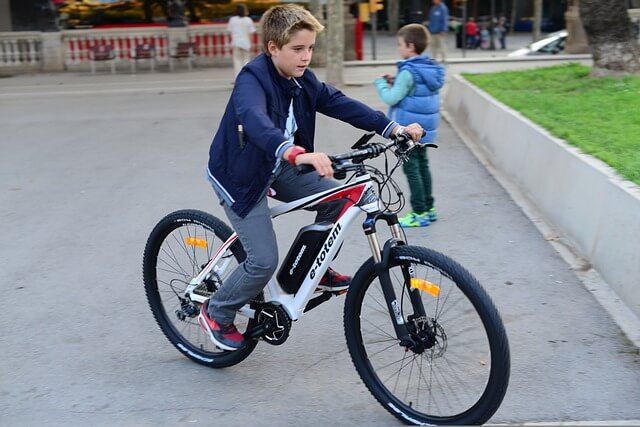
The next part to select the best electric battery is its charging cycle.
The charging cycle means how many times a battery could recharge.
It is seen as the expected life of the battery.
A good battery generally gives a 1000 recharging cycle. With pedal assist, bikes cover 80 miles per recharge cycle generally.
So, it means with 1000 recharging cycles, your bike would cover 80,000 miles which is its life span.
After that its efficiency would drop significantly.
Electric Bike Motor
So now let’s understand the common ‘scientific’ terminology used for electric bike motors.
Torque (Nm)
Torque is a measure of the force that can cause an object to rotate about an axis. To understand it in easy language, take the example of a door.
When you push the door from one side, it rotates around the fixed side of the door. The torque is the multiplication of force (N) applied and the width of the door (m)
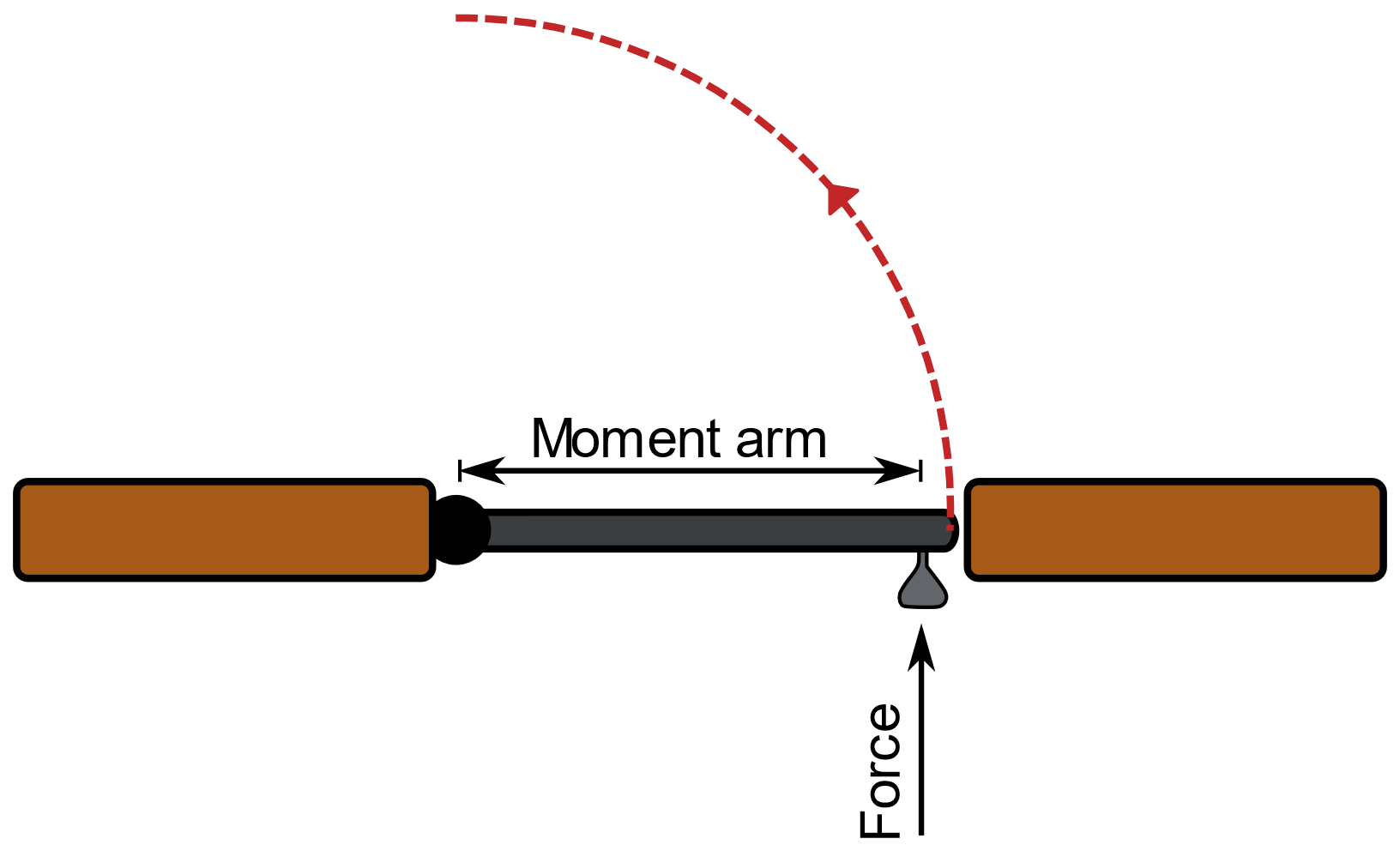
Speed (rpm)
The speed means how fast the wheel rotates to its axis. It is measured in revolutions per minute.
When you ride the electric bike and do pedal fast or increase throttle, it means you are increasing the rpm of the wheel.
In both cases electric bikes consume energy in that particular time frame from the energy source, The energy source may be human only, human & battery only, and battery only.
Power (W)
The power is the multiplication of Torque and Speed which is measured in watts (W). In terms of electric bike motor can be described as
Where Rotating speed = RPM (revolutions per minute)
Torque = Nm (Newton Meter)
Pm = Mechanical Power in Watts (W)
1 HP (Horsepower) = 746W = 0.746kW
The electric bike battery capacity is measured in Ah (Ampere hour).
The power (W) of an electric bike battery is the multiplication of voltage (V) and current (Ah)
Now suppose any bike brand claims it provides the electric bike battery with 48V and 12Ah specifications.
Then you can calculate the power of your electric bike by multiplying both which is 576Wh.
Electric bike range

Now electric bike generally sucks power 10-12Wh with pedal assist mode and 15-16Wh with full battery load.
So, to calculate the range of an electric bike you can just divide this by battery power.
If we have taken 12Wh & 16Wh for calculations, then the range of an electric bike at 100% efficiency will be 48 miles for pedal assist and 36 miles for full battery load.
But for actual consideration, we have taken 75% of 48 miles which is 36 miles with pedal assist mode and 27 miles with full battery mode.
Know you can see here how each term is interlinked and how much it’s important to know before selecting the best electric bike.
You are thinking why I became a physics teacher here to describe these bits and pieces.
Because this is a very important aspect when you would go selecting the best electric bike in each class. It may be Class 1, Class 2, Class 3, and Class 4 (unofficially).
Then this basic knowledge will help you to identify the best electric bike out of the brand’s so-called claims.
Till now we are able to understand how electric bike range impacts battery constituents and factors associated with electric bike motor.
Most common positions of an electric bike motor
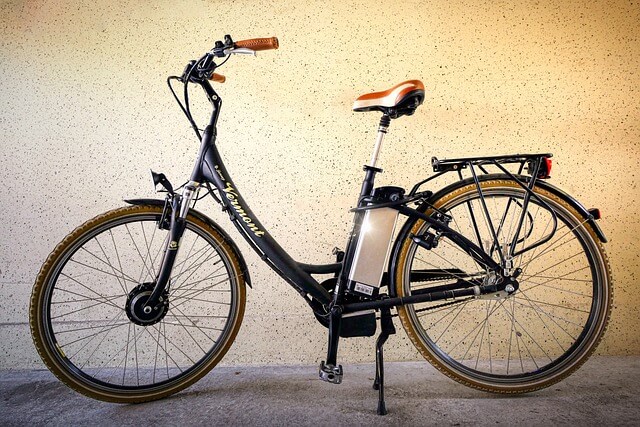
The positions of the motor categorized into five parts
- Direct Drive Front Hub Motors
- Geared Drive Front Hub Motors
- Direct Drive Rear Hub Motors
- Geared Drive Rear Hub Motors
- Mid Drive Motors
The hub motor contains in the hub of the wheel of the e-bike.
The front hub motors are placed at the front wheel axle, rear hub motors are placed at the back wheel axle and mid-drive motors are placed in the middle of e-bikes and directly connected to the drivetrain.
The front hub motors can give a different sensation who had never ridden it before.
The rear hub motors are more popular than the front hub versions.
It gives the same sensation as a normal bicycle ride.
The mid-drive motor is also referred to as a crank-drive motor.
This style of the hub is mounted in the center of the frame near the pedal hub.
Direct drive hub tends to lose efficiency on hilly and varied terrain as they are restricted to one particular speed.
Position of the battery in an electric bike

The most common position of electric bike battery
There are four most common positions used for electric bike batteries
In-tube Position
The battery in this position is located inside the down tube of the bike frame and is not visible from the outside. It remains protected to large extent in case of an accident.
On-tube Position
The on-tube position is located on the down tube of the e-bike frame. It’s visible from the outside and most prone to dust, water, snow, and dirt.
On seat tube Position
This rarely used position in which the battery is located on the seat tube. It is easily accessible but seems bulky on the seat tube.
Rear Rack Position
The battery is positioned on the rear rack of the electric bicycle. It’s also easily accessible.
Conclusion
Selecting the best electric bike depends upon many factors which we discussed above.
The ‘best’ word is subjective and has a different meaning for each one.
Some only will see the fancy features of e-bikes and some will really see the features which make it an electric bike.
Good brands always prefer to comply with electrical safety standards and material safety standards.
Due to these standards, the bikes from such brands become a little costly.
You always have one thing in mind electric bikes are associated with fire hazards.
So, always prefer safer electric bikes although they would some costly.
What do you think about the best electric bike and the criteria to choose it?

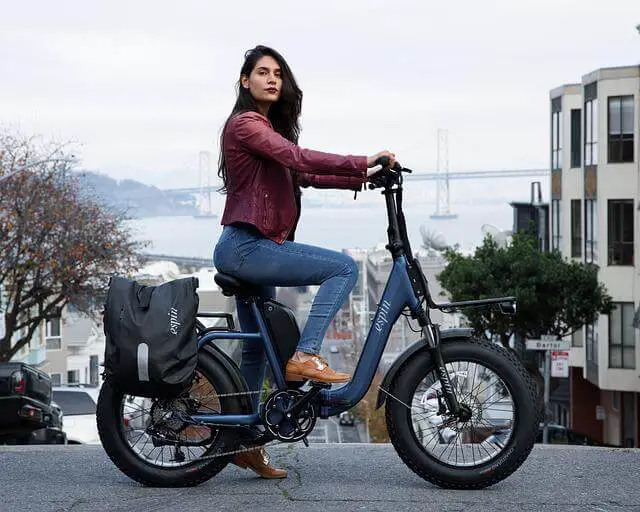
психолог калуга